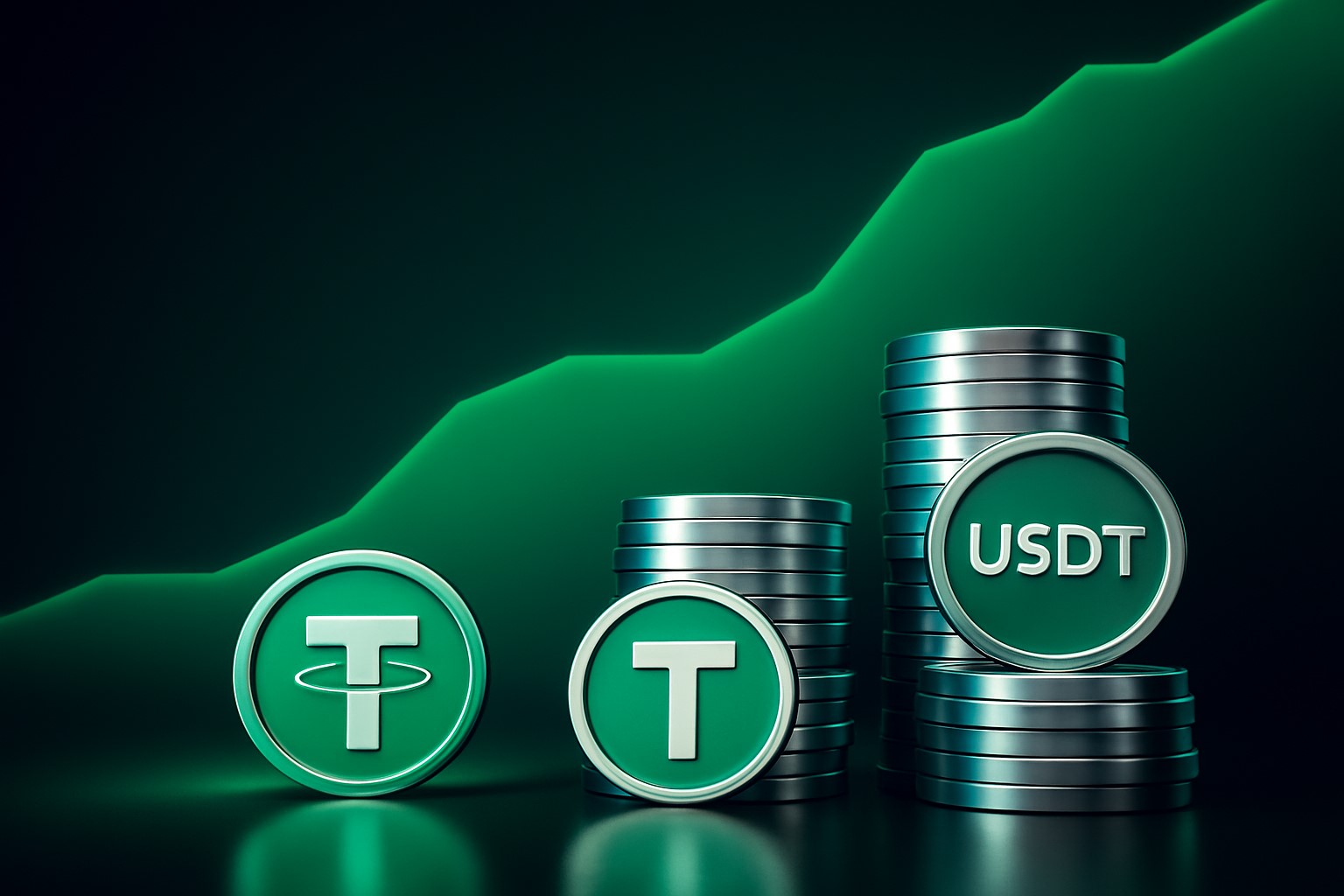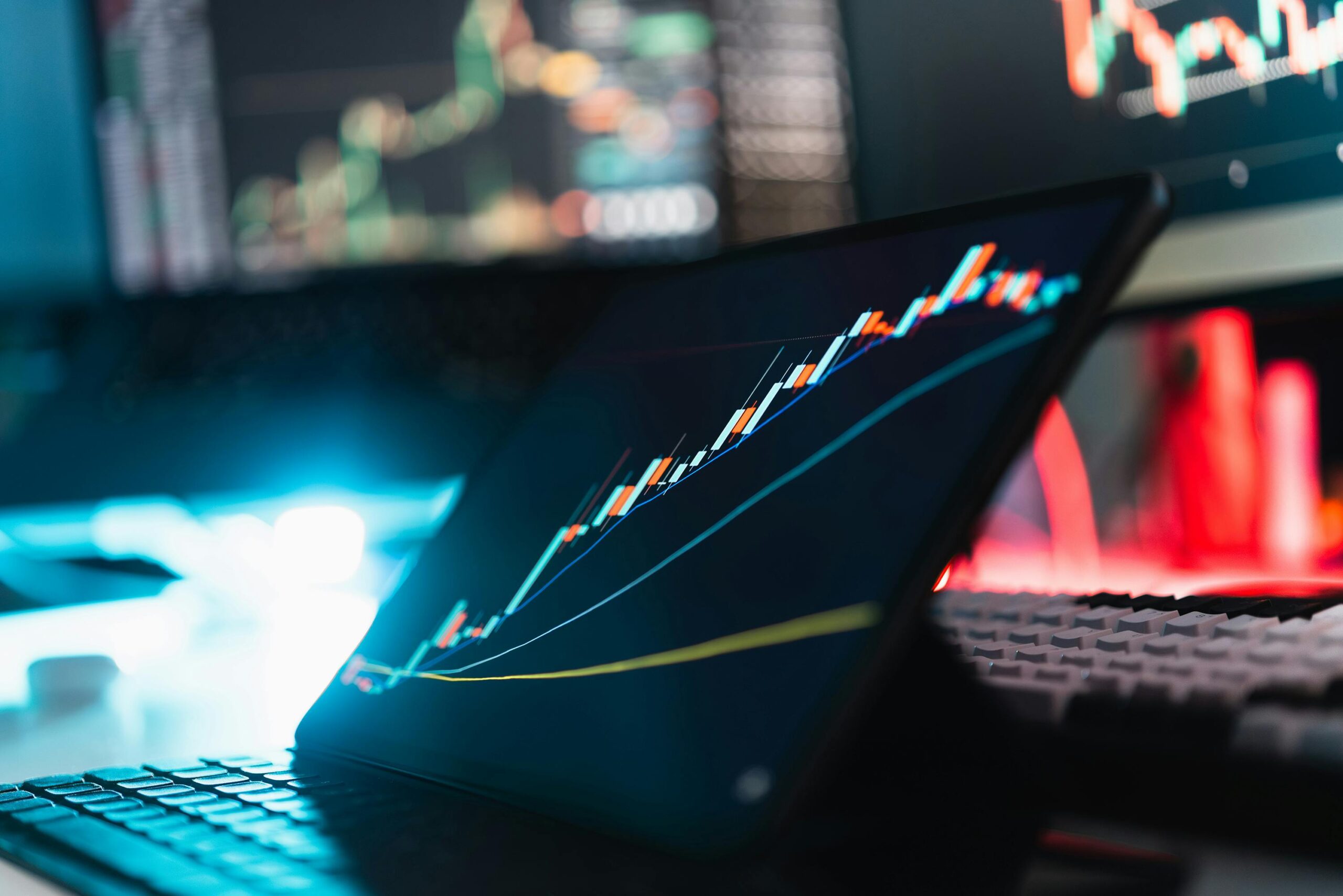Tether, long synonymous with its dominant USDT stablecoin, is aggressively reinventing itself to become a diversified force across multiple industries. In late April alone, Tether unveiled two massive initiatives: partnering with Bitfinex, SoftBank, and Cantor Fitzgerald to launch a Bitcoin investment firm called Twenty One Capital, and increasing its stake in Italian football club Juventus beyond 10%. These moves reflect a broader strategy to shield itself from regulatory risk and pivot toward a future where its fate isn’t tied to a single asset.
How USDT Built Tether’s Global Empire
Since launching in 2014, USDT has anchored Tether’s rise to the top of the crypto food chain. The token became the de facto dollar substitute across crypto exchanges, enabling trading in environments where fiat on-ramps were limited. At its peak, USDT facilitated 50% to 80% of all Bitcoin trades globally. Beyond trading, USDT remains critical for cross-border payments, particularly in emerging markets where dollar access is restricted. Its backing by U.S. Treasury bills — with Tether recently holding over $33 billion worth — gave it credibility even amid recurring controversies.
Strategic Moves Across Borders
Tether’s relocation to El Salvador, the Bitcoin-first nation, marked a symbolic shift in early 2024. Yet even in El Salvador, Bitcoin’s legal tender status has since been scaled back. Still, Tether’s stablecoin is indispensable in economies with banking gaps, offering a financial lifeline across parts of Africa, Russia, and Iran. However, regulatory changes — such as Europe’s MiCA law and emerging U.S. stablecoin frameworks — could squeeze USDT out of key markets. Tether’s refusal to conform to EU standards has already led major exchanges like Binance and Coinbase to delist USDT for European users.
Facing Investigations and Charting a New Path
Tether remains under scrutiny, facing allegations related to money laundering and sanctions evasion — claims CEO Paolo Ardoino firmly denies. The pressure has galvanized the company’s drive to diversify. Reports hint at a new regulatory-friendly stablecoin in the works, one designed to sidestep coming restrictions. Meanwhile, Tether’s broader investment strategy signals a desire to be more than just a stablecoin issuer.
Tether’s Billion-Dollar Diversification Play
Tether’s reach now spans Bitcoin mining, artificial intelligence, fintech, and decentralized web infrastructure. Through sizable stakes in companies like Bitdeer and Northern Data, Tether is making serious bets on Bitcoin’s long-term role in energy and computing. Its $200 million investment in Blackrock Neurotech positions it at the frontier of brain-computer technology. Tether has also ventured into media through Rumble, payments via Fizen, and decentralized software via Holepunch. These initiatives demonstrate a clear goal: building a multi-sector powerhouse capable of weathering crypto market volatility and political hostility.
The Philosophy Behind “Building for the Apocalypse”
Tether’s diversification isn’t just about hedging risks — it’s about survival in a rapidly changing world. Ardoino’s “build for the apocalypse” mantra encapsulates the company’s mindset: resilient systems must extend beyond digital money. While critics argue that leveraging customer reserves for such investments is risky, Tether’s empire-building effort may ultimately future-proof its relevance. Whether USDT thrives or falters, Tether appears determined to endure.



